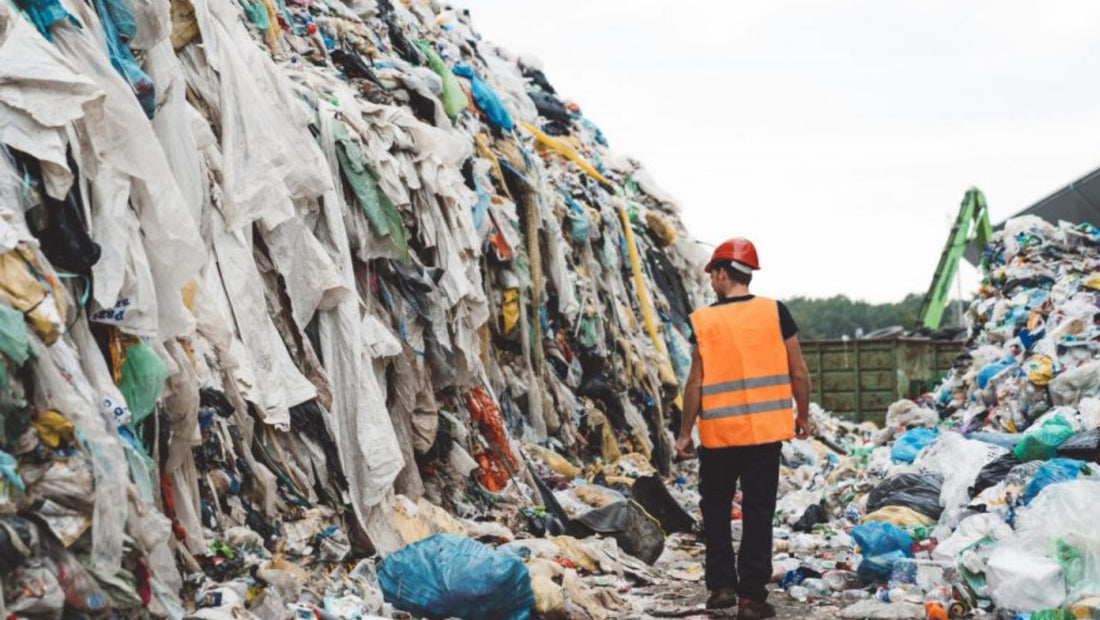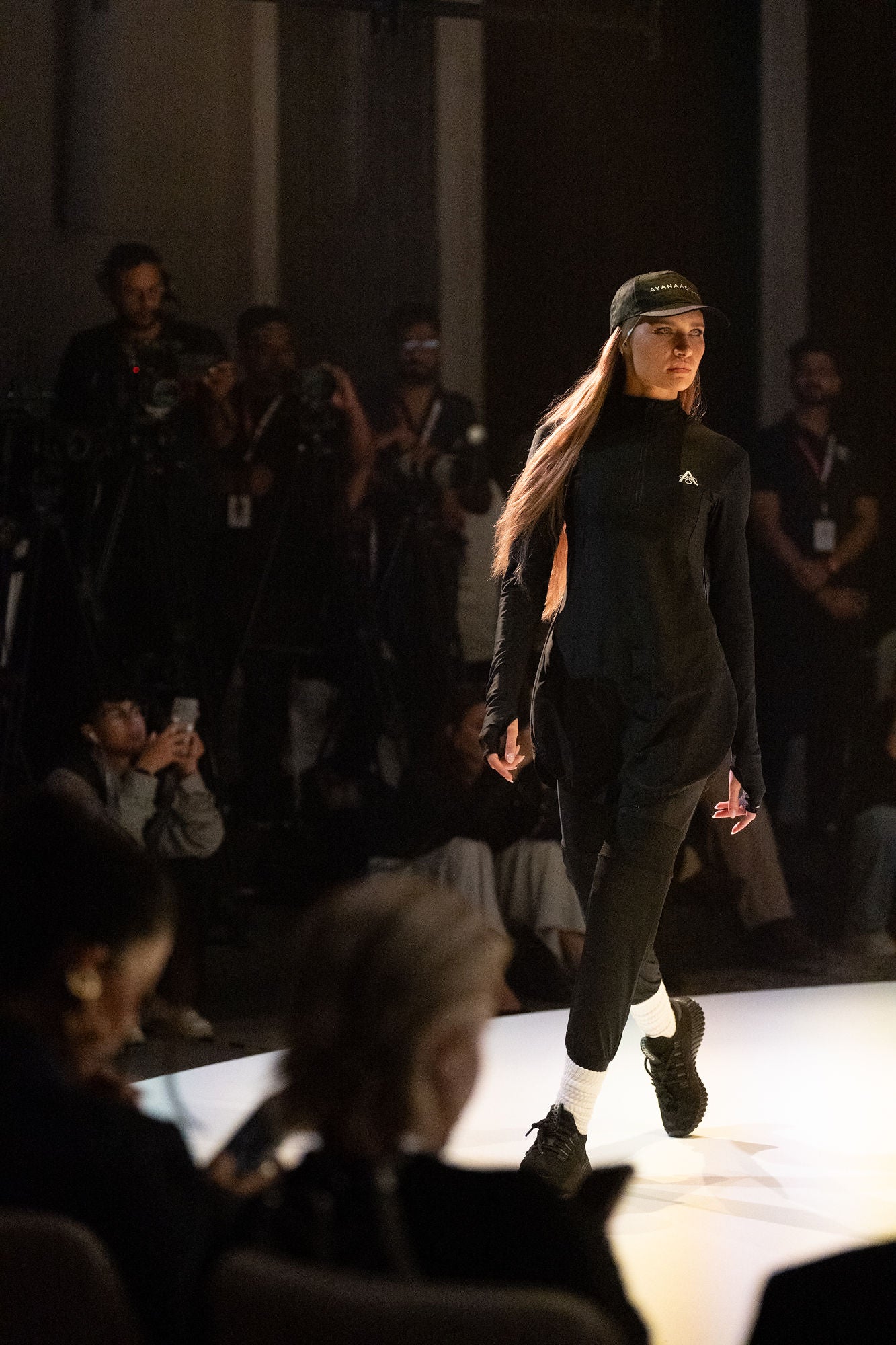Steering Clear of Fast Fashion with Ayana Active
Fast fashion, characterized by its rapid production and distribution of inexpensive clothing, has emerged as a dominant force in the fashion industry. This model prioritizes quick turnover of inventory and affordable clothing options, which are attractive attributes to customers. There are profound environmental and human implications, however, that will be discussed at length throughout this journal series called, "Innovation in the Shopping Experience."
Research reveals that the fashion industry is one of the largest contributors to global environmental degradation. It's estimated that the production of clothing accounts for approximately 10% of global carbon emissions. Synthetic materials commonly used in fast fashion, such as polyester and nylon, are derived from fossil fuels and are non-biodegradable. These materials release microplastics into the environment, posing a threat to marine life and ecosystems. Additionally, the fashion industry produces over 92 million tons of waste yearly, much of which ends up in landfills. Only a fraction of this clothing is recycled or donated, exacerbating the problem of textile waste.
The fashion industry is the second-largest consumer of the world's water supply, with the production of textiles and garments contributing to water scarcity in many regions. It takes approximately 2,700 liters of water to produce a single cotton T-shirt, from growing the cotton to processing and dyeing the fabric. In fact, textile dyeing is the second-largest polluter of water globally, with an estimated 20% of industrial water pollution attributed to the fashion industry.

In summary, the fast fashion industry's pursuit of profit comes at a steep environmental cost, including pollution, resource depletion, and waste generation. Addressing these challenges requires a shift towards more sustainable and ethical practices throughout the fashion supply chain, which perfectly describes the goals of Ayana Active’s eco-friendly production habits.
The brand is implementing two main practices that will help the manufacturing process reduce waste: 3D design technology and pre-order campaigns. The 3D design technology transforms in the design process. The technology significantly reduces waste in the prototyping stage, eliminating the need for excessive materials like specialty pattern paper and fabric. This facilitates efficient and precise design creation, reducing both time and environmental impact. By gauging customer interest before production with pre-ordering, output is tailored to actual demand and waste is minimized.
Ayana Active is devoted to a manufacturing process that remains eco-friendly and sustainable. Our products will be made with fabrics that are not only fashionable and modern, but durable. By educating about the environmental impacts of fast fashion and creating garments that last after many wears, we hope to tackle this fad and reduce its effects.
Follow along over the next two weeks to read more about how Ayana Active is tackling the current fast fashion model. Stay tuned for more exciting updates from Ayana Active as we continue to redefine the boundaries of fashion, sustainability, and empowerment. Follow us on Instagram @ayanaactive.
Journal Sources:
The World Counts - "Fast Fashion Environmental Impacts": https://www.theworldcounts.com/challenges/consumption/clothing-and-textiles/environmental-impact-of-fast-fashion/story
United Nations Environment Programme - "Putting the brakes on fast fashion": https://www.unep.org/news-and-stories/story/putting-brakes-fast-fashion
World Wildlife Fund - "Fashion and Water Pollution": https://www.worldwildlife.org/stories/fashion-and-water-pollution


